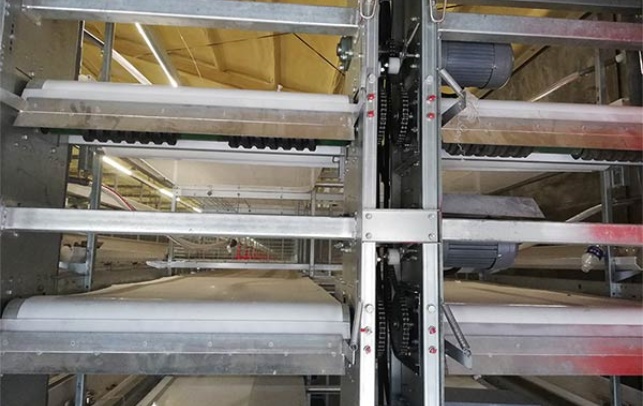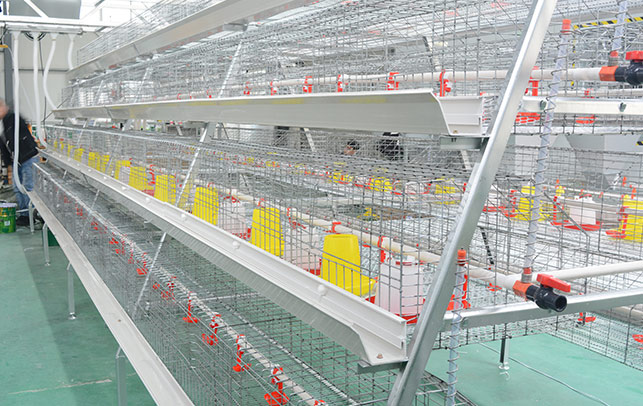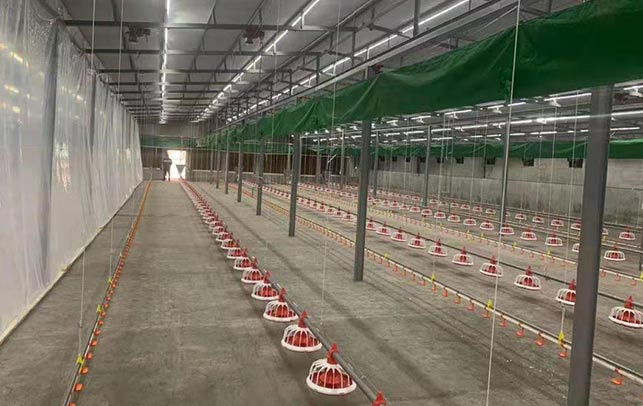Success Stories of Successful Kienyeji Poultry Farmers in Kenya
Time : 2025-05-13
Kenya’s poultry industry has been witnessing remarkable growth, especially with the rise of Kienyeji poultry farming. Kienyeji, which means ‘local’ in Swahili, refers to chickens bred from local stock, which have become a sensation among farmers and consumers alike. If you’re looking to dive into the world of Kienyeji poultry farming, there’s a lot to learn from the successful farmers in the country. Let’s delve into their stories and insights.
1. The Rise of Kienyeji Chicken in Kenya
Kienyeji chickens are a hit due to their hardiness, adaptability to local conditions, and high demand for their meat. Unlike commercial chickens, Kienyeji birds are bred to thrive in Kenya’s climate and are naturally resistant to many diseases common in commercial breeds. This has made them a favorite among small-scale and medium-scale farmers.
2. The Story of Jane Wairimu
Jane Wairimu, a 35-year-old farmer from Nyeri County, started her Kienyeji poultry farm three years ago. Today, her farm boasts over 2,000 birds. “When I first started, I was just trying to earn a little extra income,” Jane said. “But now, it’s become my main source of income.” Her success can be attributed to a few key factors:
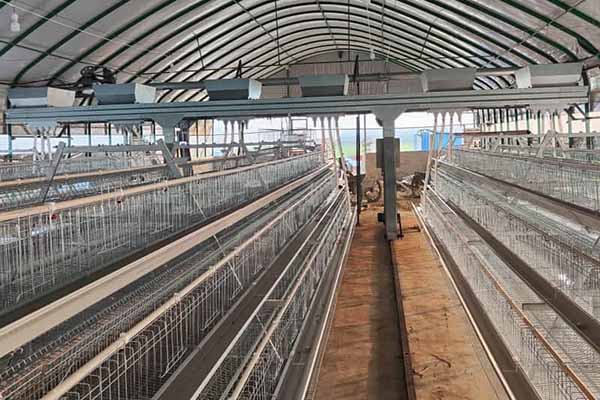
- Quality Stock: Jane ensures she buys healthy chicks from reputable suppliers.
- Good Feeding Practices: She feeds her chickens a balanced diet of locally sourced feed, which includes grains, vegetables, and organic matter.
- Health Management: Jane regularly treats her birds for diseases and ensures they have access to clean water and shade.
- Marketing: She sells her chickens directly to consumers, which helps her maintain good prices.
Jane’s story is a testament to the potential of Kienyeji poultry farming. By focusing on quality, feeding, health, and marketing, she has built a successful business.
3. The Strategy of Peter Mbugua
Peter Mbugua, a 45-year-old farmer from Kiambu County, has been farming Kienyeji chickens for over a decade. His farm has grown to o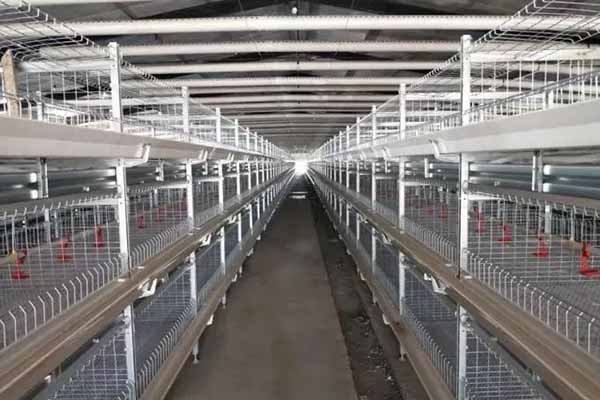 ver 5,000 birds, making him one of the largest Kienyeji farmers in the country. Peter’s strategy for success includes:
ver 5,000 birds, making him one of the largest Kienyeji farmers in the country. Peter’s strategy for success includes:
- Scale: By expanding his flock size, Peter can produce more chickens and cater to a larger market.
- Hybridization: Peter crossbreeds his Kienyeji chickens with commercial breeds to improve growth rates and meat quality.
- Training and Advice: Peter is an advocate for training and sharing knowledge with fellow farmers, which has helped improve the quality of Kienyeji farming across the country.
- Research: Learn about the different breeds of Kienyeji chickens and their characteristics.
- Buy Quality Stock: Invest in healthy chicks from reputable suppliers.
- Feeding: Provide a balanced diet of locally sourced feed.
- Health Management: Regularly treat your birds for diseases and ensure they have access to clean water and shade.
- Marketing: Find your target market and sell your chickens directly to consumers or through local markets.
- Networking: Connect with other farmers and share knowledge and experiences.
</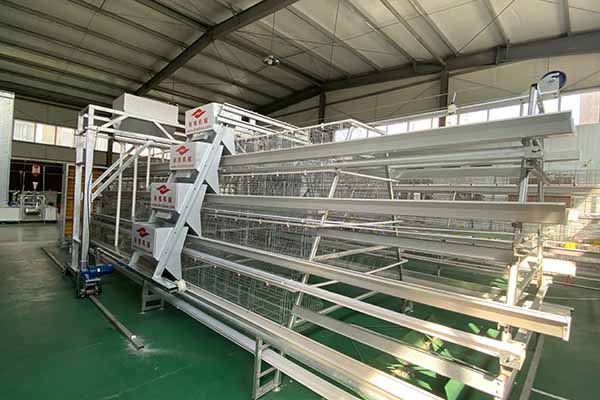 ul>
ul>
Peter’s approach highlights the importance of innovation and collaboration in the poultry industry.
4. Tips for Aspiring Kienyeji Poultry Farmers
Are you considering starting a Kienyeji poultry farm? Here are some tips from successful farmers:
5. The Future of Kienyeji Poultry Farming in Kenya
The Kienyeji poultry industry is poised for continued growth, with the demand for local chicken meat increasing. The government’s support, coupled with the passion and dedication of successful farmers like Jane Wairimu and Peter Mbugua, is setting the stage for a bright future in Kenya’s poultry sector.
Aspiring poultry farmers can learn a lot from these success stories. By focusing on quality, innovation, and collaboration, they can build a successful Kienyeji poultry farm.






